
China Bank Binondo: Restoring A Heritage Building to Prepare for The Next 100 Years
One of the oldest banks in the Philippines is China Bank. Founded in 1920 by Dee C. Chuan, dubbed as the Philippine’s lumber king and one of the richest men in the country, China Bank had financed two greatest Filipino taipans: Henry Sy Sr. and John Gokongwei Jr.
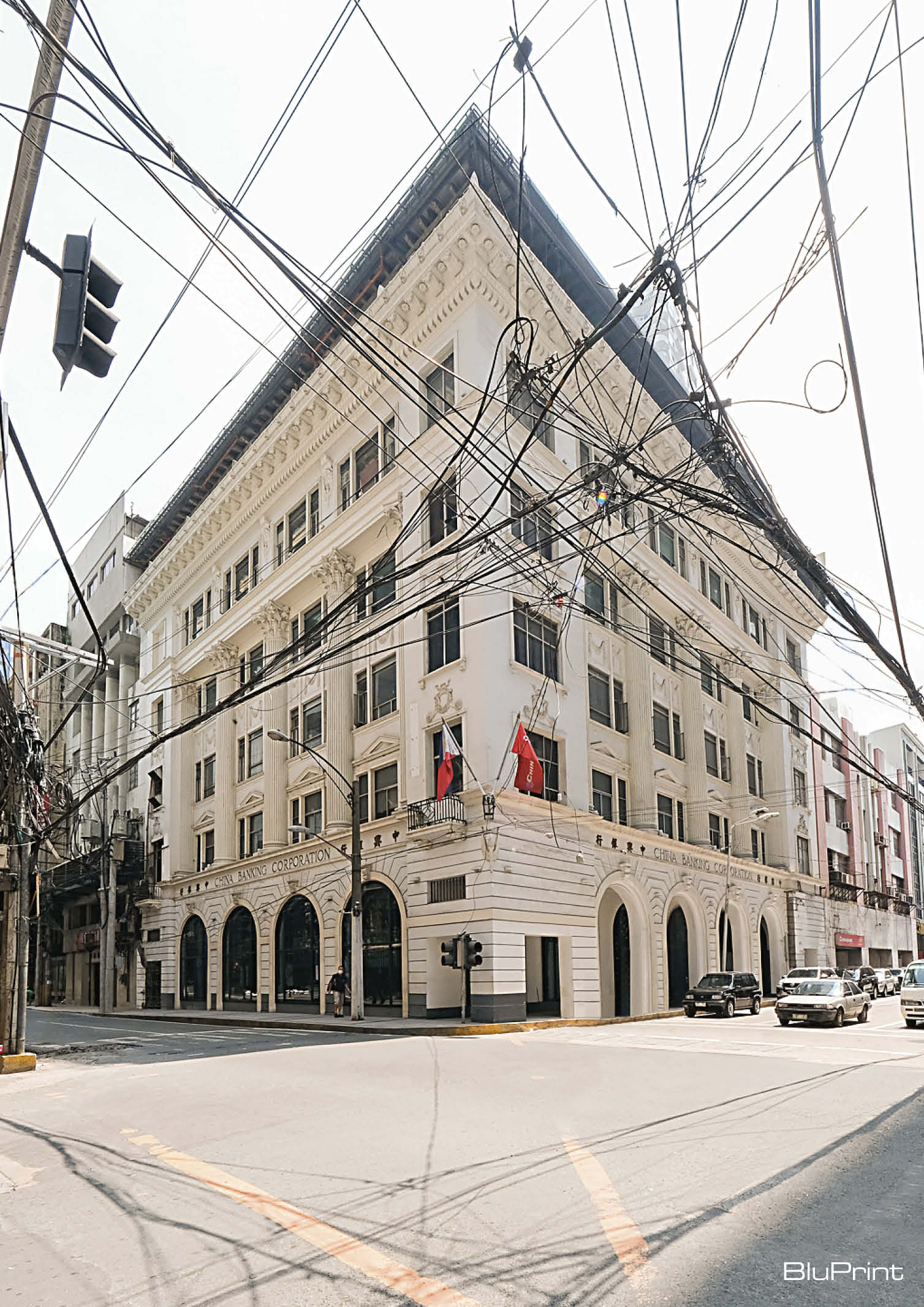
China Bank commenced its operation in its first home at No. 90 Rosario Street, Binondo, which is considered today as the largest and oldest Chinatown in the world. Four years later, the Bank moved to its own building at Juan Luna Street corner Dasmariñas Street, Binondo.
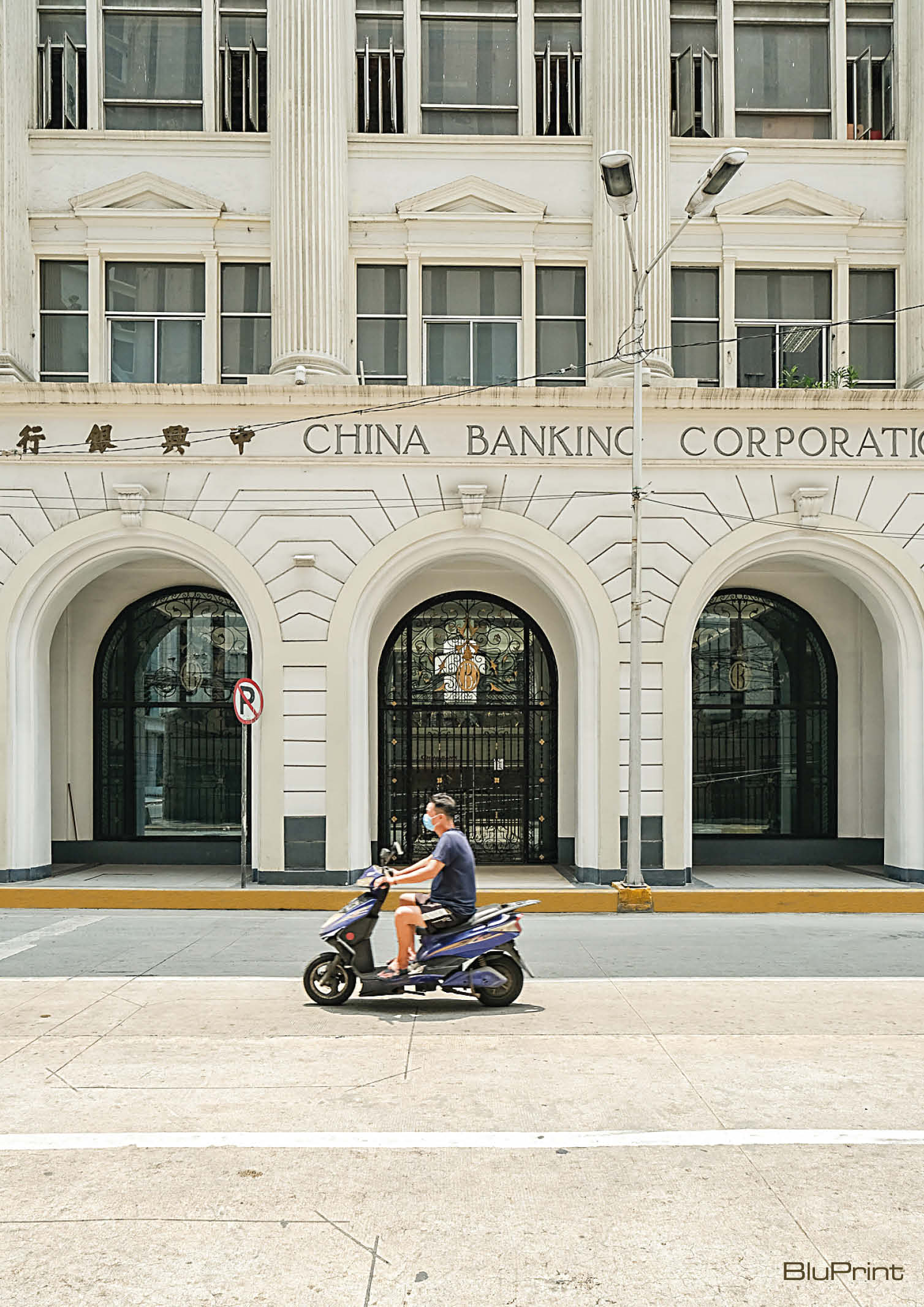
A number of Filipino-Chinese taipans considered the new office as a lucky place. The Bank played a vital role in the success of many businesses in the area that helped transform Manila and paced Philippine growth.
In the last 100 years, China Bank has continued its banking success. Unlike other established banks in the country, however, the Bank’s original headquarters in Binondo is still standing, continuously serving the Filipino-Chinese community in the city.
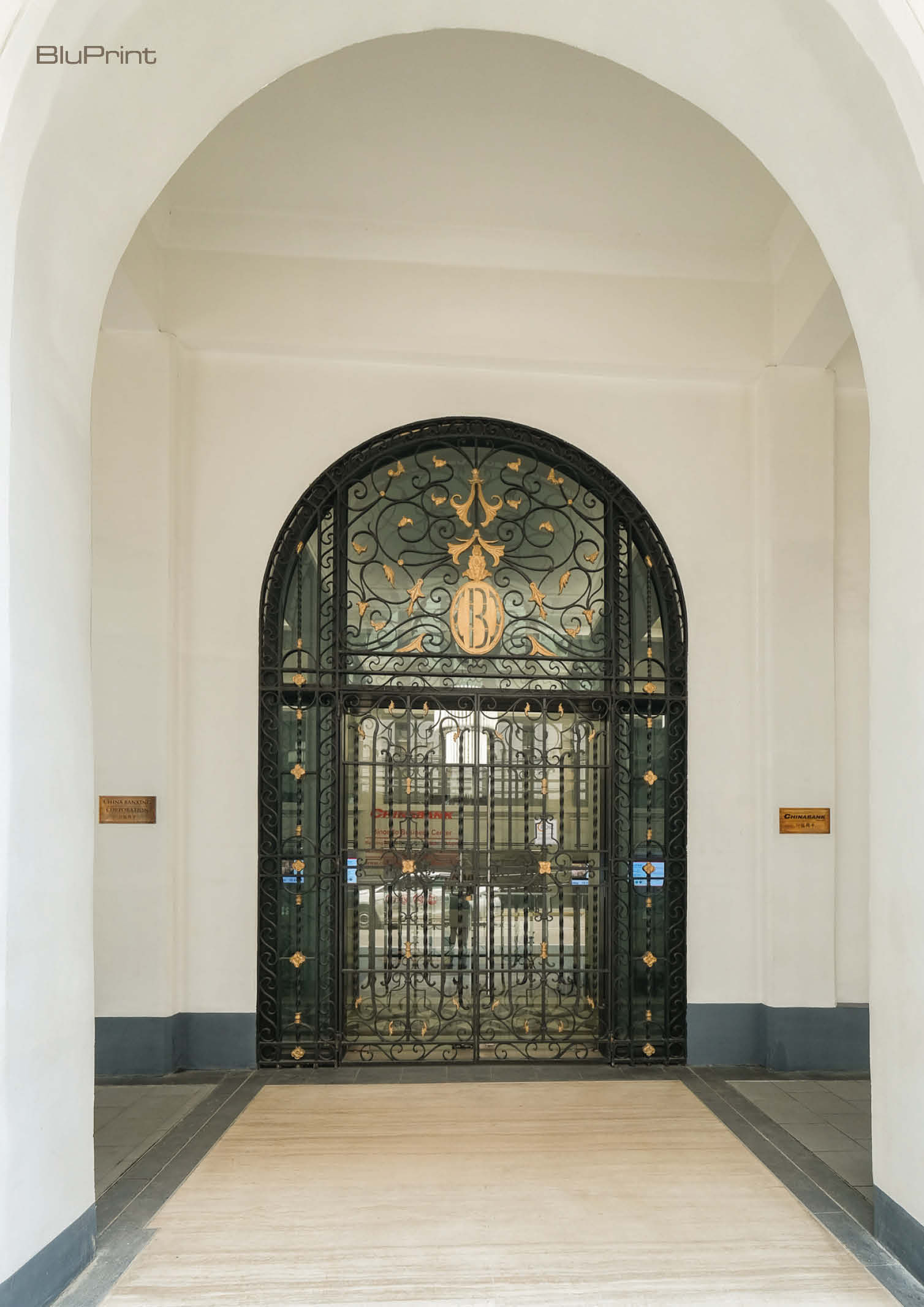

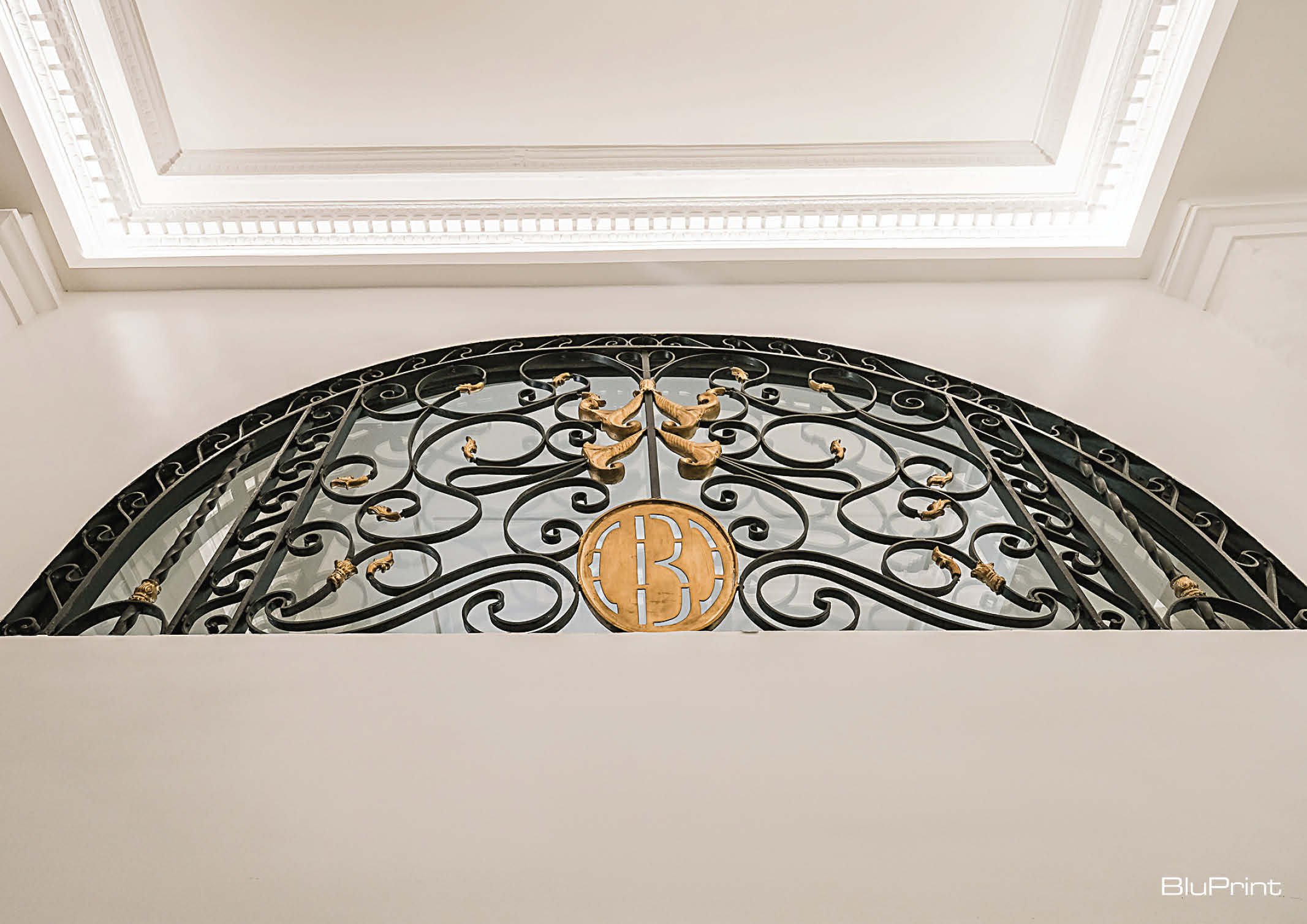
In celebration of the bank’s centennial year, the management decided to embark on a project: China Bank Architectural Heritage Restoration and Museum Project. According to William Whang, China Bank President, the restoration project aims to preserve not only the China Bank’s culture and legacy but also the bygone character of Binondo for generations to come.
The Management teamed up with Architect Manolo Noche, a Conservation Architect, and his firm to work on the project. Photographs of the original building were limited, making the restoration project challenging. As the original architectural plans are no longer available, the team had to conduct a forensic architectural investigation to find clues on how the building originally looked and the original materials used.
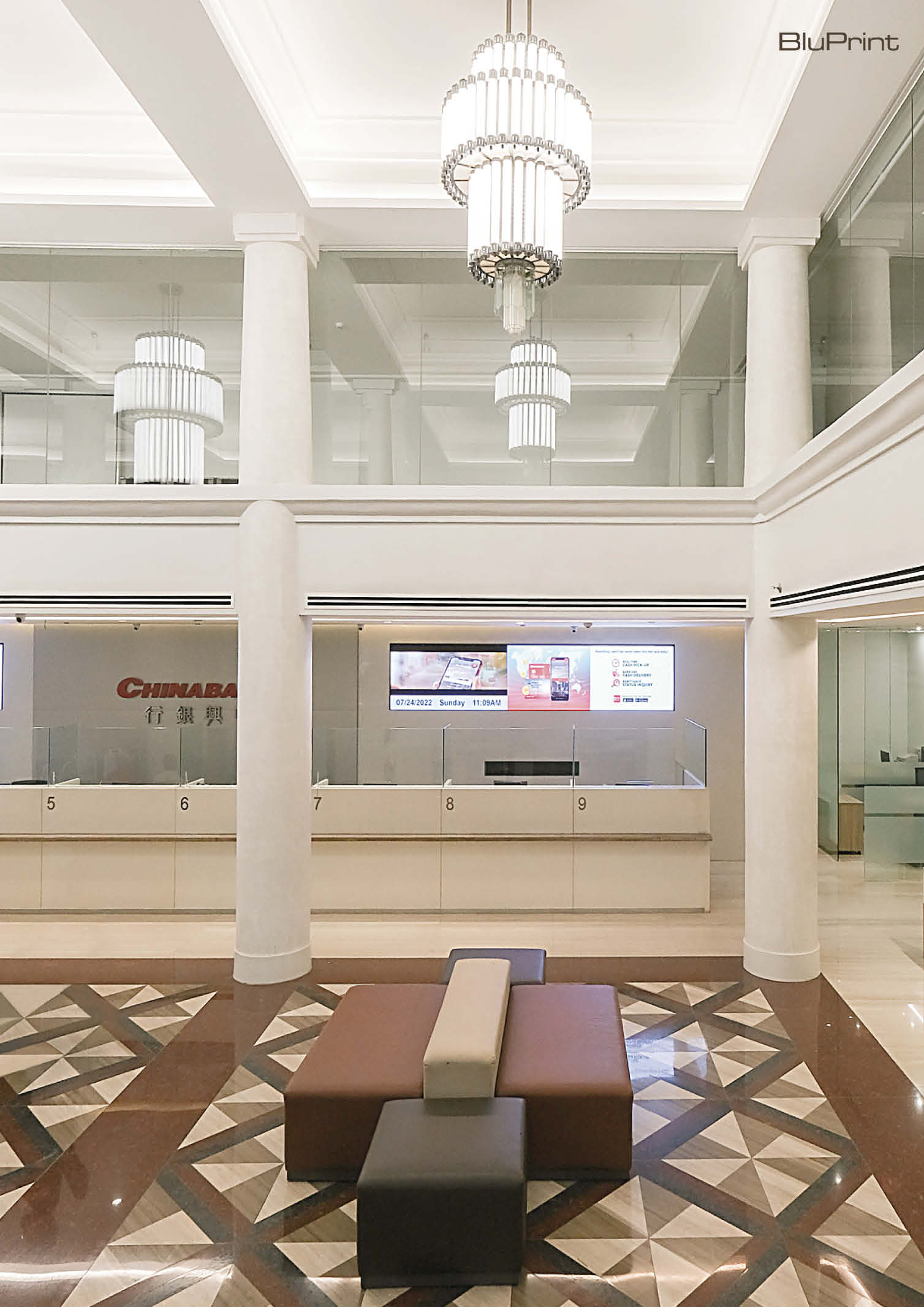
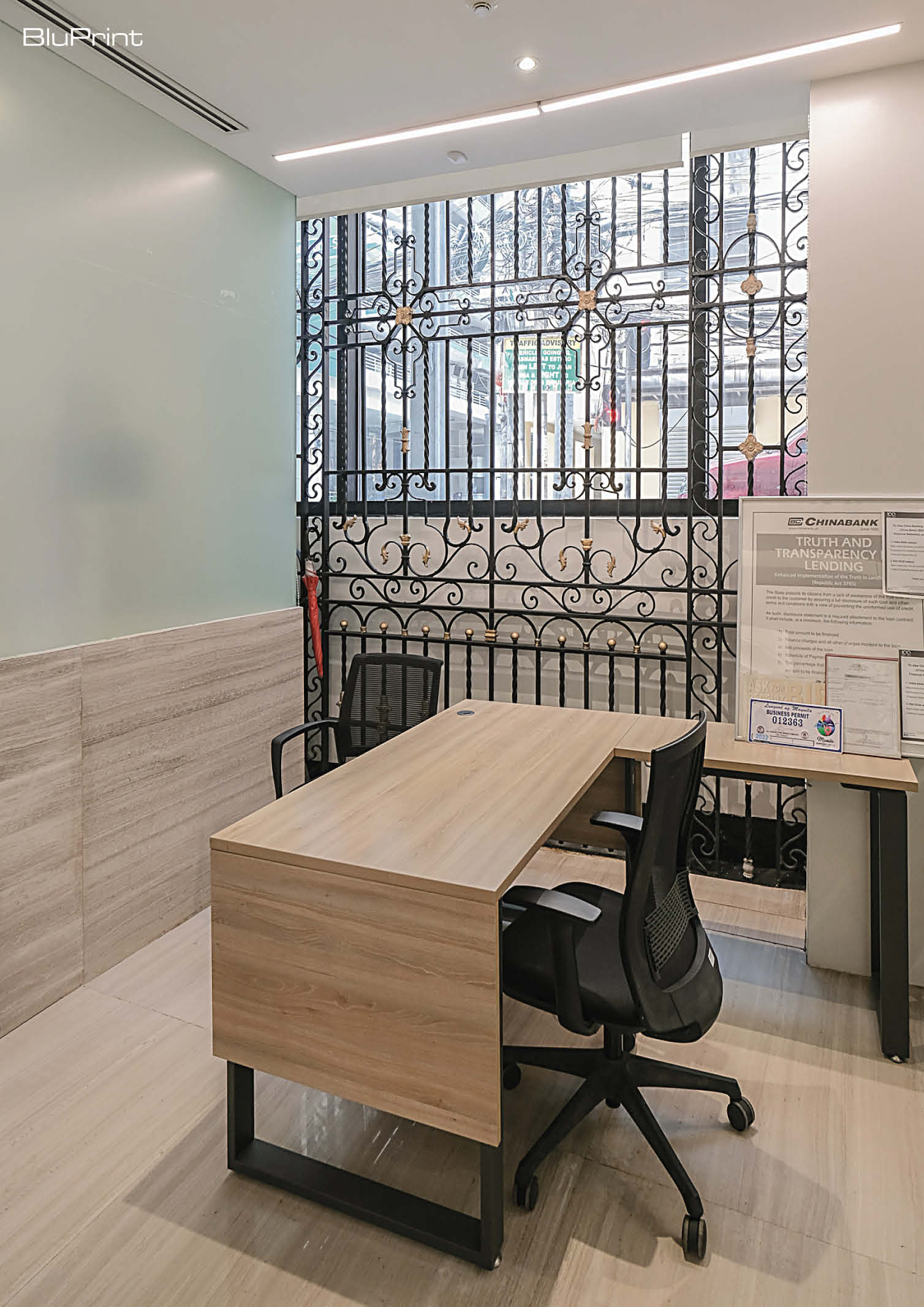

Alexander Escucha, the Centennial Committee Chairman who oversaw the Binondo Heritage Restoration, explains that this project is not only restoring an important heritage building to its original architectural design. It also focuses on making the building stronger, resilient, and sustainable for the next century.
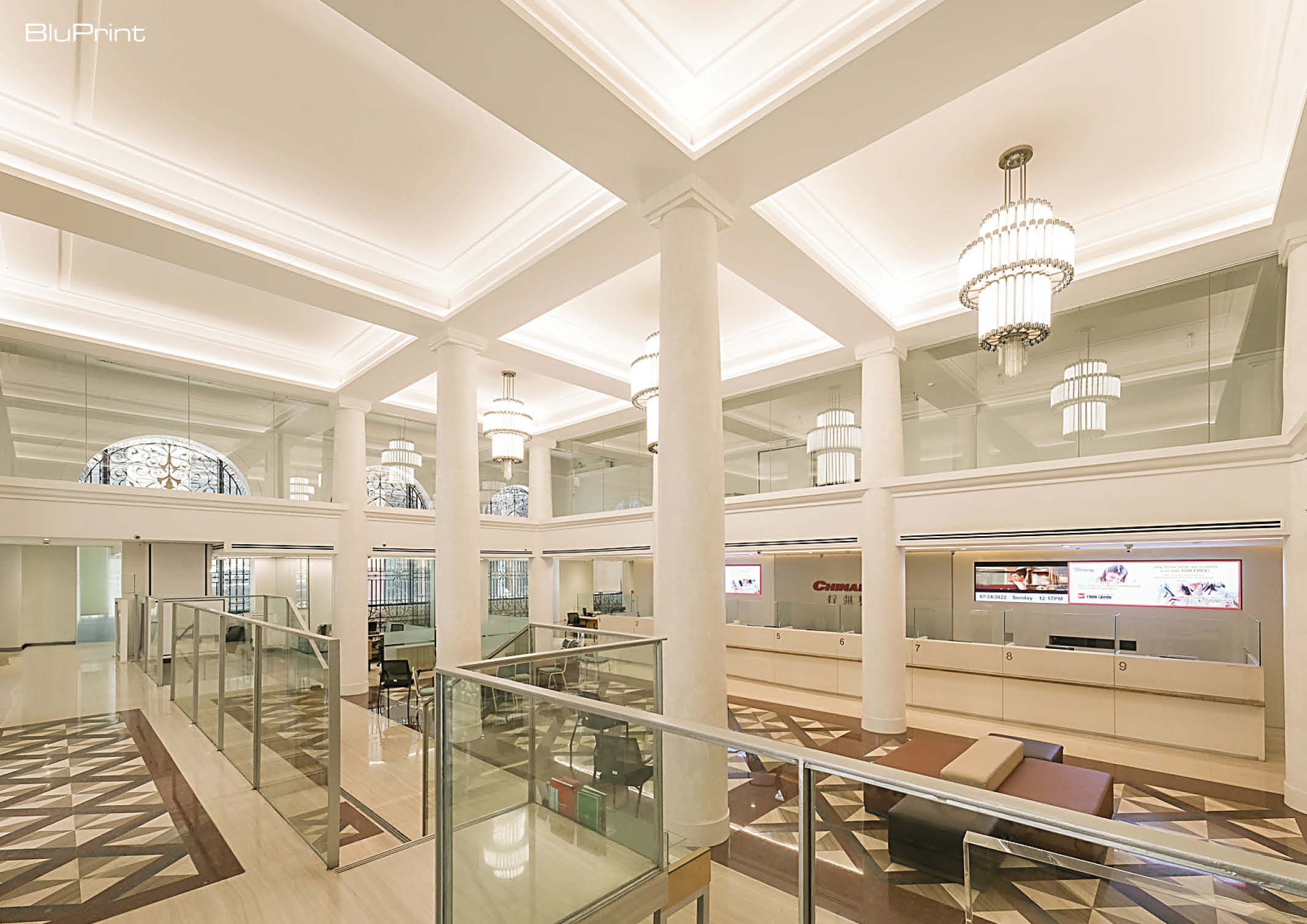
Moreover, Maja Olivares-Co, of Sonia Santiago Olivares and Associates, Inc (SSOA) was appointed to work on the design and renovation works in the interiors. “Our main goal was to restore and respect everything that was part of the original building. Anything new was to be modern and of today. Taking this approach kept the authenticity of the original heritage intact, which was a means of embracing the past. The creation of the new acknowledges the present and looks towards the future,” said Co.
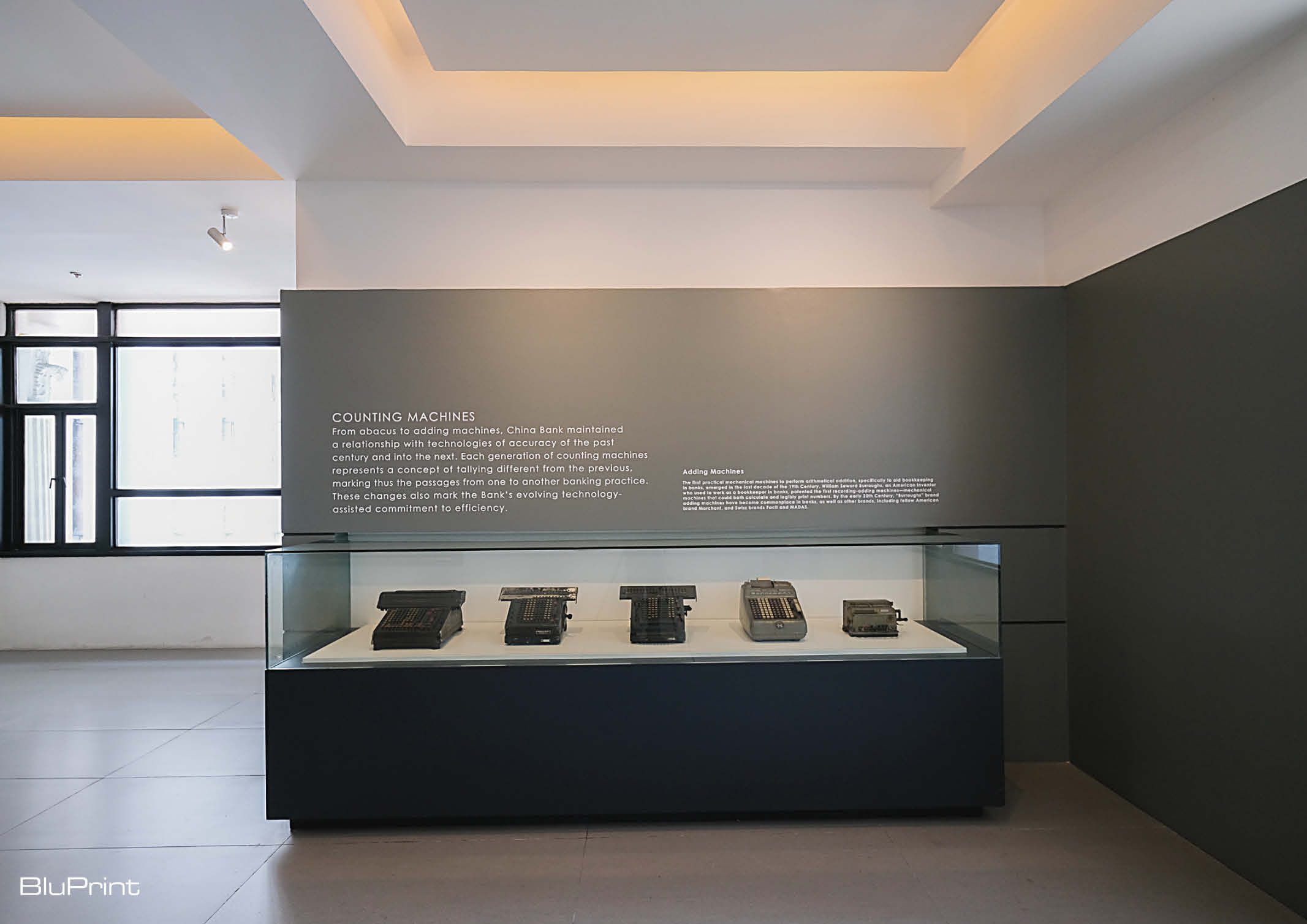
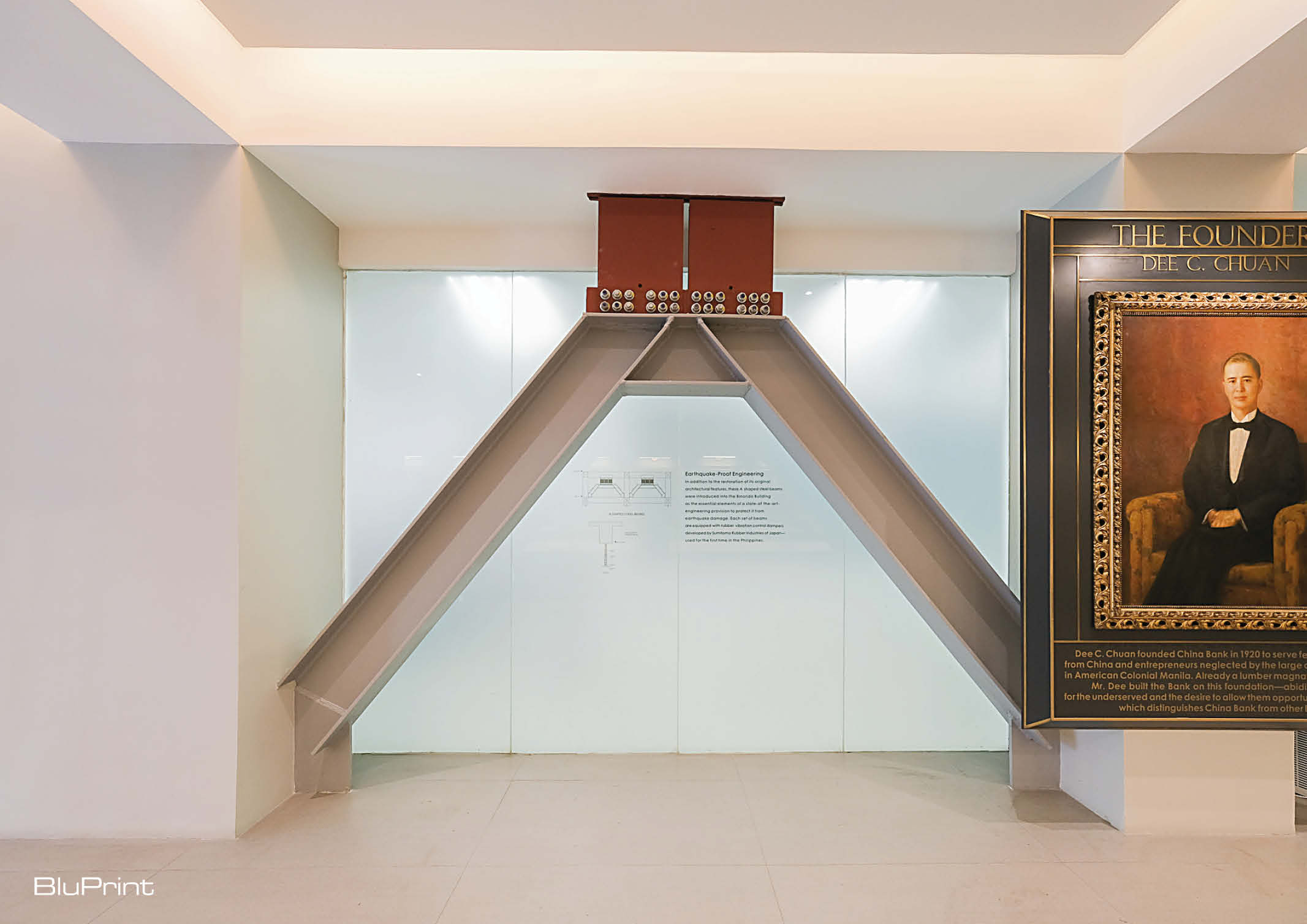
Another highlight of the China Bank Heritage Restoration Project is the museum which occupies most of the fourth floor. Curated by Marian Pastor Roces of TAOINC, the museum allows guests, visitors, or staff to learn about the history and legacy of the bank in an interesting way. She explains that the welcoming space evokes an elegant corporate setting with a twist. The fit-out looks like it will endure, with little diminishment, over time.
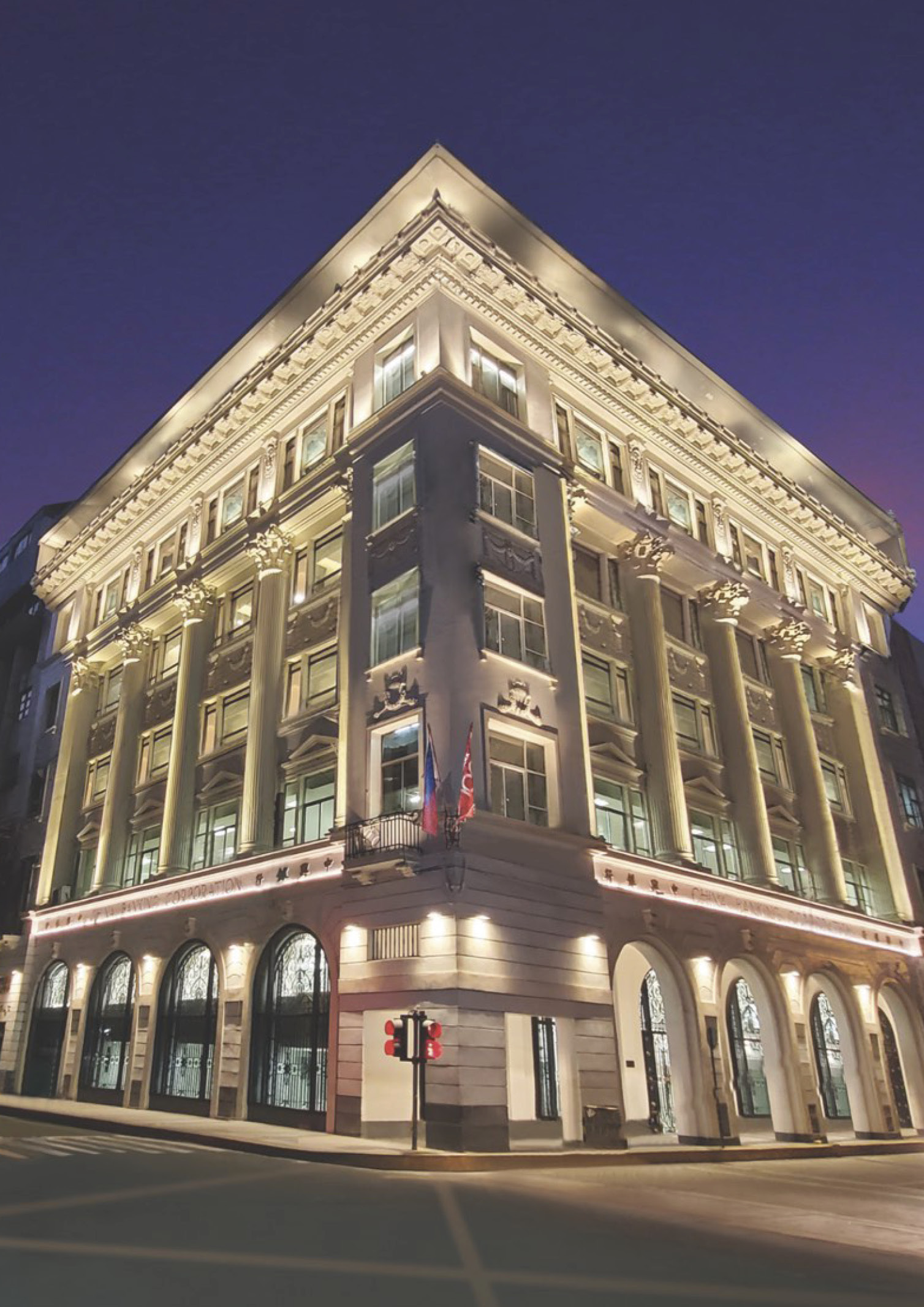
Learn more about the restoration of China Bank Binondo and what makes it ready for the next 100 years.
Download BluPrint E-Mag Vol. 2 2022: THE ART OF MAKING via Readily, Magzter, Zinio, and Press Reader. Click on the link to get your copy.
Photos by Ed Simon


